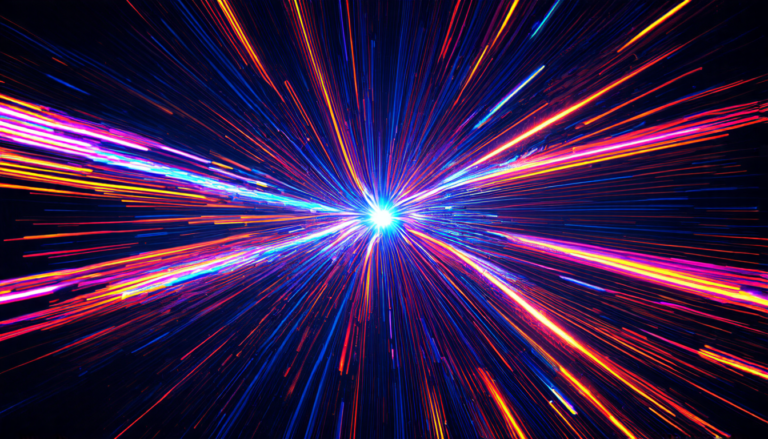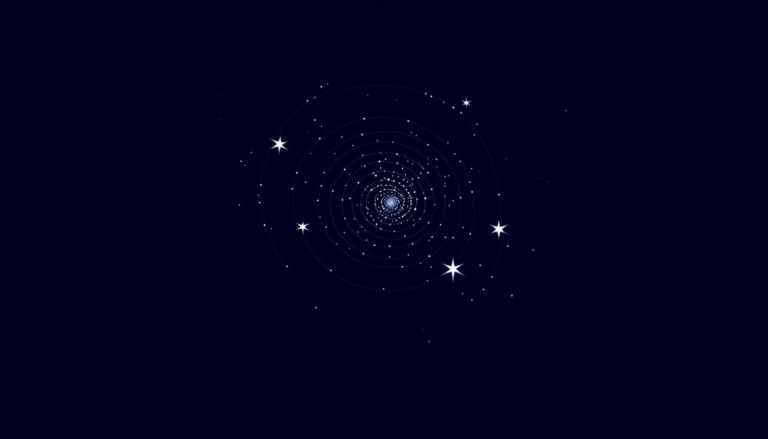Tuesday 24 June 2025
Fast Radio Bursts (FRBs) are brief, intense pulses of energy that originate from distant galaxies and have been a topic of fascination for astronomers in recent years. These enigmatic events were first detected in 2007, but it wasn’t until 2012 that scientists realized they could be used to study the properties of the universe.
In a new paper, researchers have leveraged FRBs to probe the curvature of space itself. By analyzing the dispersion measures of 80 FRBs with known redshifts, a team of scientists has reconstructed the Hubble parameter (H(z)) over a wide range of cosmic distances. This information can be used to infer the angular diameter distance (DA(z)), which is essential for understanding the large-scale structure of the universe.
The researchers’ approach was twofold. First, they derived the comoving distance (DC(z)) and DA(z) from FRBs without assuming a specific cosmological model. Then, they combined these values with Baryon Acoustic Oscillation (BAO) measurements to obtain a more accurate estimate of DA(z). By comparing the two sets of data, the team was able to place constraints on the curvature parameter Ωk.
The results show consistency with a spatially flat universe within 1σ uncertainties, but there is a mild preference for negative curvature. This is an intriguing finding, as previous studies have suggested that the universe may be slightly curved or even closed.
FRBs are ideal for this type of research because they offer a unique probe of the intergalactic medium and the properties of distant galaxies. The team’s analysis demonstrates the potential of FRBs to provide new insights into the large-scale structure of the universe, which is crucial for understanding its evolution and ultimate fate.
The study also highlights the synergy between FRBs and BAO data, as both types of observations can be used to constrain cosmological models. This collaboration will continue to yield valuable results in the coming years, as more FRBs are detected and analyzed.
The detection and characterization of FRBs have become increasingly sophisticated, thanks to advances in radio astronomy and machine learning algorithms. The ability to analyze these events and extract meaningful information about the universe is a testament to human ingenuity and our drive to understand the cosmos.
In the near future, we can expect even more exciting discoveries from the study of FRBs. As new data becomes available, scientists will be able to refine their models and gain a deeper understanding of the universe’s fundamental properties.
Cite this article: “Unraveling the Universes Curvature with Fast Radio Bursts”, The Science Archive, 2025.
Fast Radio Bursts, Cosmology, Universe, Curvature, Space, Hubble Parameter, Angular Diameter Distance, Baryon Acoustic Oscillation, Intergalactic Medium, Large-Scale Structure.







